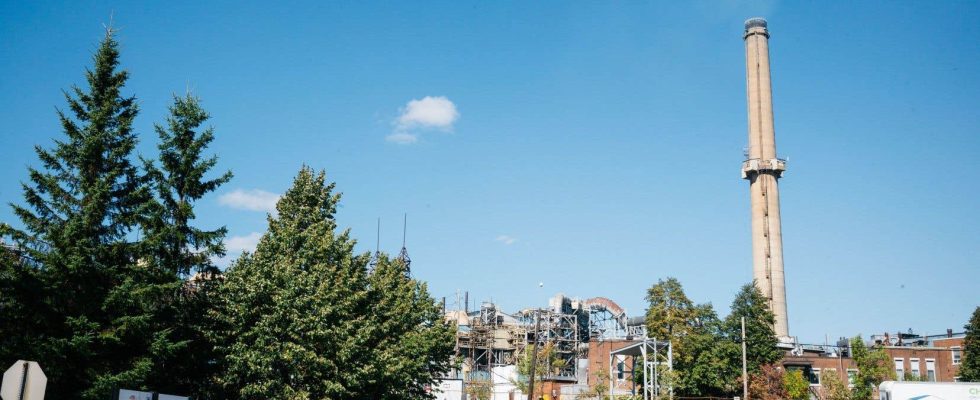Québec solidaire (QS) and the Parti québécois (PQ) denounce the government’s intention to pay to relocate 200 households located near the Horne smelter, in Rouyn-Noranda, information reported in The Press Wednesday morning.
“Asking 200 families to make their boxes to accommodate a multi-billion dollar company that refuses to respect our environmental standards is appalling! said QS environmental manager Alejandra Zaga Mendez.
She added, in a press release, “that the people of Rouyn-Noranda have never asked to be uprooted from their homes”.
In a press briefing on Tuesday morning, the PQ deputy Joël Arsenault for his part indicated “that we should see with the population what they think of it, we imagine the uprooting, what it can create as trauma in people”.
“The other big problem,” according to Mr. Arsenault, “is that we want to do it with a contribution of $85 million from the Quebec government, to a company that will, this year or in 2022, have net profits of around US$18 billion.
The interim Liberal leader, Marc Tanguay, believes that relocation “cannot be a solution for the entire population”.
However, he argued, “it’s a delicate matter, but I think that for some, it can be a solution”.
New emissions caps presented Thursday
An agreement with Quebec, which was signed with the Liberal government in 2017, allows arsenic emissions from the smelter to reach an annual average of 100 nanograms per cubic meter (ng/m3), 33 times higher than the provincial standard.
But this agreement is about to end. The Government of Quebec also issued a new certificate to the controversial foundry last January and Quebec will unveil Thursday the new ministerial authorization of the Horne foundry.
Public Health and the Department of the Environment have asked the Horne smelter to meet an arsenic emission threshold of 15 ng/m3 in 2027, this could be included in the new certificate.
If this is the new target, “the government did not negotiate hard”, according to Nicole Desgagnés, spokesperson for the citizen committee Stopping discharges and toxic emissions.
“We are not putting pressure on the foundry, but we are crowding the world,” illustrated the citizen of Rouyn-Noranda, who lives about 1 km from the foundry.
“We are aiming, in five years, for 15 nanograms, five times more, I find that it does not hold up,” said Marc Tanguay in a press briefing.
“Either the standard of 3 nanograms is not good then it should be 15, but we cannot have the ambition to be… to exceed five times the standard in five years”, specified the acting head of the Liberal Party.
24 times more arsenic emitted in 2022 than the standard
Last week, the Horne smelter released a document in which it claims the average concentration of arsenic it emitted into the air in 2022 was 73 ng/m3which is less than in 2021, but more than in 2020.
In a document published on its site, Glencore Canada, owner of the smelter, indicates that for the past year, “the annual average in arsenic at the legal station” of the Horne smelter in Rouyn-Noranda “is 73.1 ng /m3which confirms that our reduction projects are working”.
The smelter therefore emitted 24 times more arsenic on average in 2022 than the provincial standard which is 3 ng / m3.
